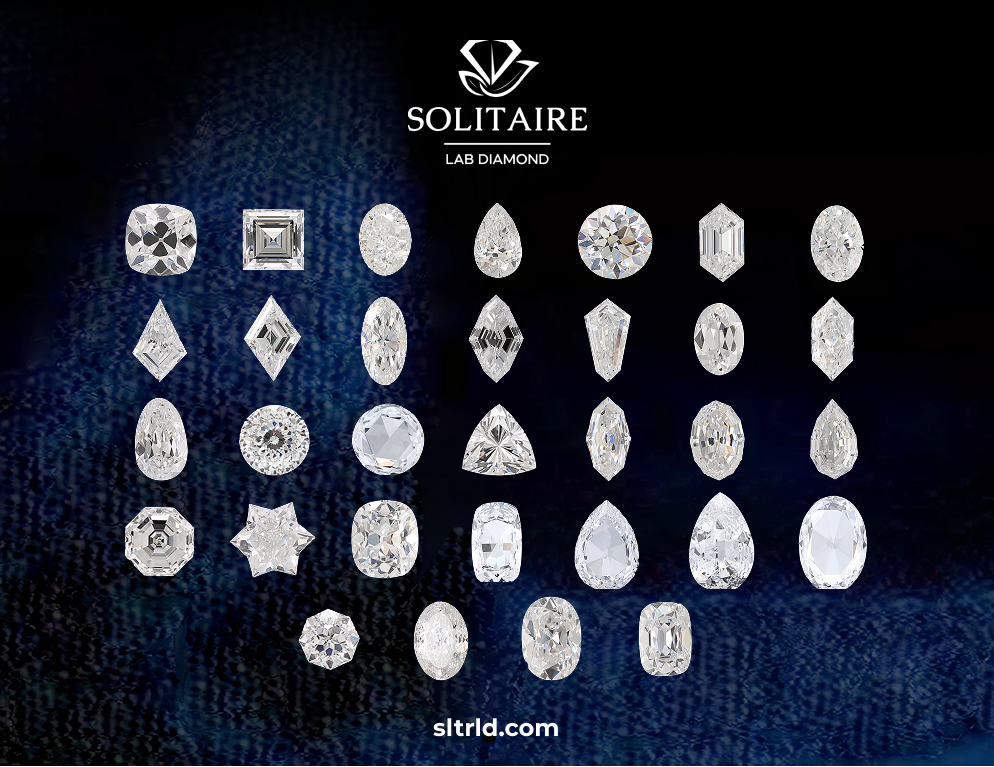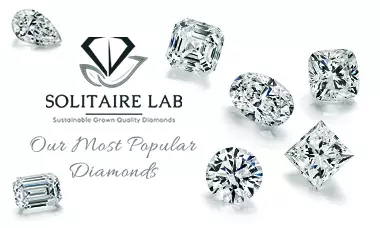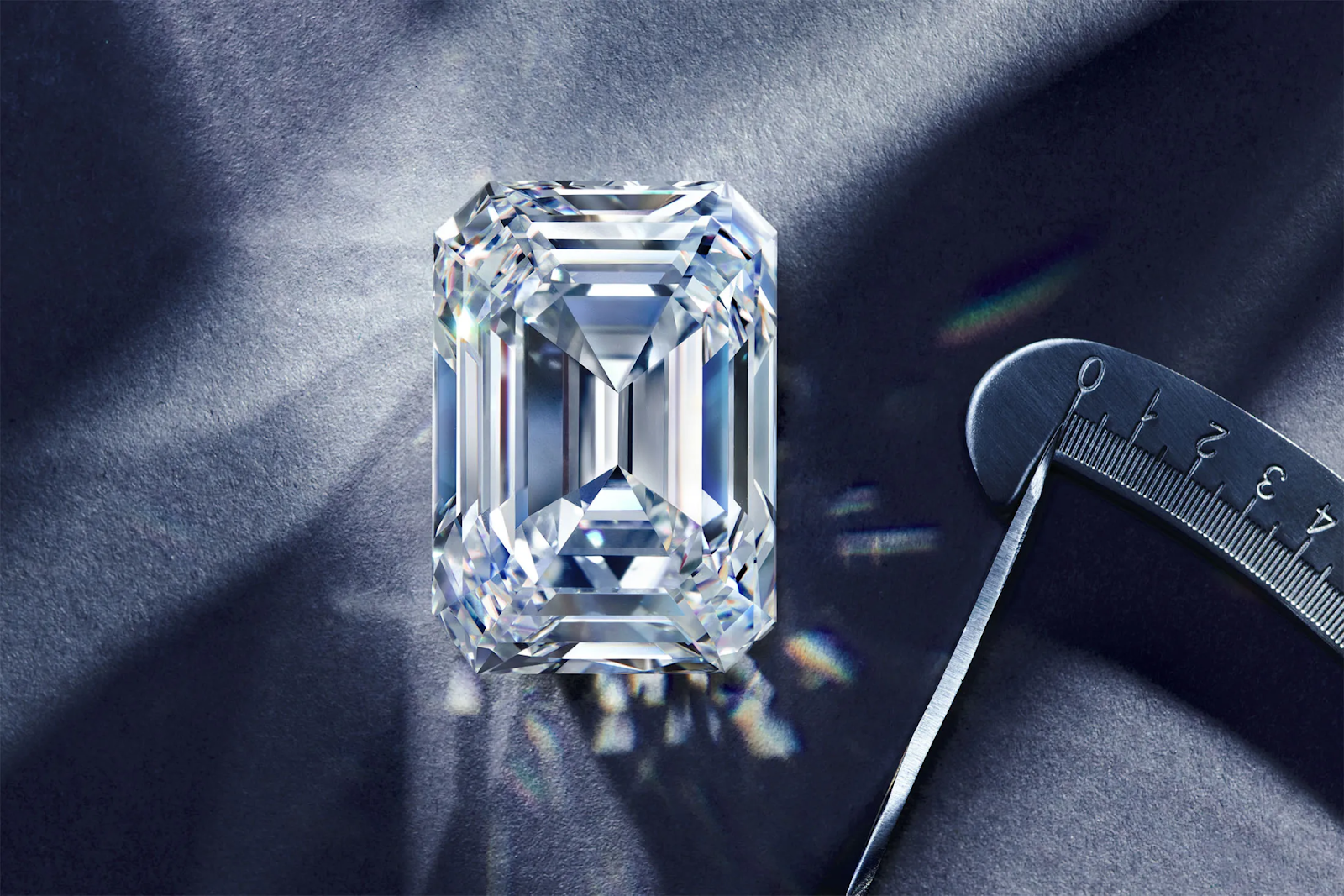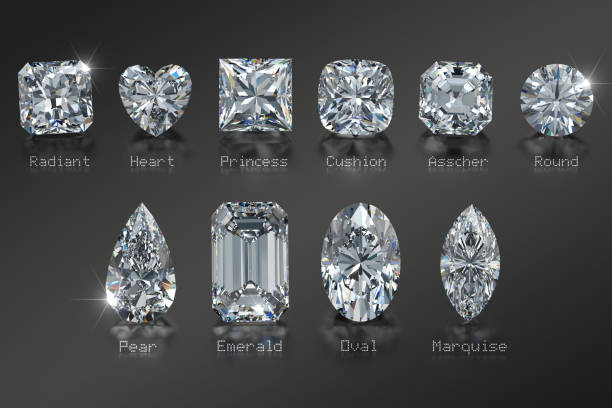When most people think of diamonds, they imagine elegant engagement rings with stones weighing half a carat to three carats.
But what about diamonds that are truly extraordinary, like 100 carats or more? These massive gems are some of the rarest and most valuable treasures in the world.
So, how much is a 100-carat diamond worth?
The answer depends on its quality, rarity, and demand. These diamonds can be worth millions or even tens of millions of dollars. The very best ones with perfect color, clarity, and cut can sell for more than $30 million, making them some of the most expensive objects by weight on Earth.
In this guide, you will learn what makes these giant diamonds so valuable.
Why 100-Carat Diamonds Are Extremely Rare?
Most engagement ring diamonds weigh between 0.5 and 2 carats, and even a 5-carat stone is considered huge. Finding rough material that can be cut into a 100-carat polished gem is almost like striking gold in nature.
Globally, such discoveries happen once or twice a year, and only a handful ever meet the flawless standards that collectors demand.
Why Size Increases Value Exponentially?
Diamond pricing follows an exponential curve, not a linear scale. A 100-carat diamond is worth exponentially more due to:
- Dramatic rarity increases with size: Large, high-quality rough diamonds are geological anomalies.
- Cutting challenges: Working with massive stones requires exceptional skill and carries enormous financial risk.
- Ultra-wealthy collector demand: Limited buyers create intense competition.
These factors combine to make them some of the most coveted and valuable gems in the world.
Explore our complete inventory: Lab Grown diamond collection by shape
Key Factors That Determine a 100-Carat Diamond's Worth
Following are the factors that determine the worth of a 100-carat diamond:
1. Carat Weight
Reaching the 100-carat threshold creates a psychological and market premium that's difficult to quantify. The difference in value between a 95-carat and 100-carat diamond of identical quality can be millions of dollars, simply due to the prestige associated with crossing that three-digit boundary.
2. Color
Color grading becomes critically important at this size because any tint is amplified across the large surface area:
- D-E-F (Colorless): Command the highest premiums
- G-H-I-J (Near Colorless): Valuable but at significant discounts
- K and below: Rarely accepted by luxury buyers
A D-color 100-carat diamond can be worth 50-100% more than an equivalent G-color stone.
3. Clarity
At 100 carats, even small inclusions become visible, making high clarity grades exponentially more valuable:
- Flawless (FL) or Internally Flawless (IF): Extremely rare, commands astronomical premiums
- VVS1-VVS2: Still exceptional quality
- VS1-VS2: Good quality but significantly less valuable
The difference between Flawless and VS1 clarity can represent $10-15 million in value.
4. Cut & Shape
Popular shapes for large diamonds include Round Brilliant (maximizes brilliance), Emerald Cut (showcases size and clarity), and Cushion Cut (vintage appeal). Cut quality can create 20-40% value differences, as poor proportions become obvious in large diamonds.
Know more about Diamond Shapes Chart with Cut Types and Size Guide!
5. Certification
For diamonds of this value, certification from reputable institutes like GIA (Gemological Institute of America) is absolutely essential for authentication and resale value.
6. Rarity & Uniqueness
Some 100-carat diamonds possess unique characteristics that make them even more valuable:
- Type IIa classification: Chemically pure diamonds with exceptional transparency
- Historic provenance: Stones with royal or celebrity ownership histories
- Unusual colors: Natural fancy colors (blue, pink, yellow) in large sizes are extraordinarily rare
- Perfect symmetry and proportions: Stones that achieve ideal cut parameters
Natural vs Lab-Grown 100-Carat Diamonds
Let's compare this million-dollar-worth gem with a lab-grown diamond based on availability and Price.
Availability of Large Lab-Grown Diamonds
The laboratory diamond industry has made remarkable advances, and 100-carat lab-grown diamonds are now technically possible, though still extremely challenging to produce. The largest lab-grown diamonds currently available are typically:
- Size range: 10-50 carats for high-quality specimens
- 100-carat availability: Limited but growing
- Quality: Can achieve excellent color and clarity grades
- Production time: Several months for large stones
Price Comparison: Natural vs Lab-Grown
The price differential between natural and lab-grown 100-carat diamonds is dramatic:
Natural 100-carat diamond (high quality): $10-25 million
Lab-grown 100-carat diamond (similar quality): $500,000-$2 million
This represents a price difference of roughly 90-95%, making lab-grown options significantly more accessible while still requiring substantial investment.
Learn more: Lab Grown vs Natural Diamonds: Comparison of Price, Quality, and Style
Is a 100-Carat Diamond a Good Investment?
A 100-carat diamond can be a strong investment, but it comes with both advantages and challenges.
|
Pros |
Cons |
|
Unmatched rarity with limited supply |
Limited liquidity due to a small pool of buyers |
|
Historical performance that often outpaces inflation |
High transaction costs (10–25% auction fees) |
|
Portfolio diversification is uncorrelated with traditional markets |
Annual insurance costs (0.5–2% of value) |
|
Potential for generational wealth transfer |
Need for professional storage and security |
|
Globally recognized as a store of value |
Market volatility in the luxury segments |
Price Potential
Depending on quality, 100-carat diamonds range from $3 million for lower-quality stones to $30 million or more for flawless, D-color diamonds.
Typical Buyers
These diamonds are usually purchased by billionaires, investment funds, museums, royalty, and jewelry conglomerates seeking flagship pieces.
Thus, a 100-carat diamond can be a valuable long-term investment, but it is best suited for serious collectors or investors who understand the market and are prepared for the costs and responsibilities of owning such an extraordinary gem.
The True Worth of a 100-Carat Diamond
A 100-carat diamond is a symbol of extraordinary beauty and rarity. At Solitaire Lab Diamond, we celebrate this rarity by combining brilliance, craftsmanship, and ethical sourcing. Whether natural or lab-grown, these gems represent the very peak of luxury.
These diamonds represent the peak of luxury and innovation, offering collectors and investors a truly remarkable centerpiece.
The true worth of a 100-carat diamond lies not just in its price, but in the story of rarity, beauty, and prestige it carries forever.





